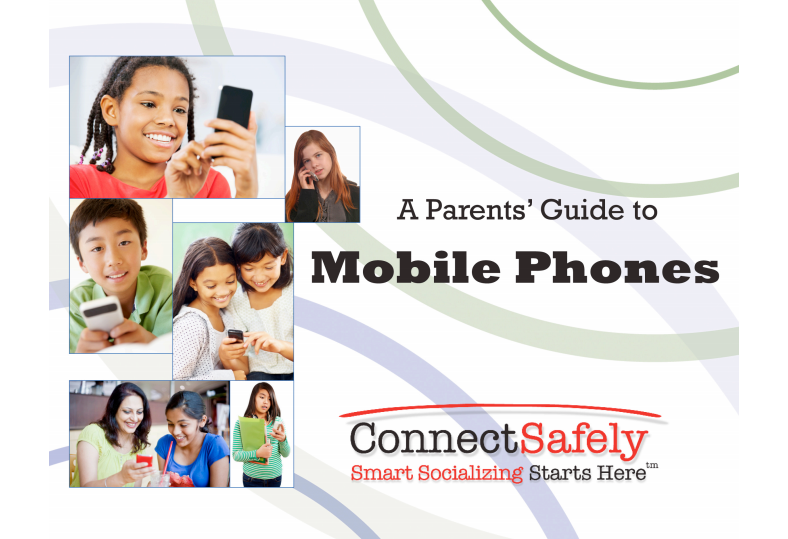Parents have a lot to learn about mobile safety, privacy and security: from their kids
After spending a lot of time writing and editing our new free booklet, A Parents’ Guide to Mobile Phones, my ConnectSafely.org colleagues and I came to the realization that parents do have a lot to learn — from their own kids.
Sure, our guide has all sorts of tips and suggestions, but our most important point is that parents should talk with their kids about their mobile use. Note I said “with,” not “to.” An open, two-way conversation with your kids about their mobile use is a lot more effective than a lecture. Besides, you might discover they know more about safety, privacy and security than you think. Maybe more than you do.
ConnectSafely produced the guide in partnership with CTIA, with support from AT&T, Sprint, T-Mobile and Verizon Wireless.
Studies from Pew Research Center and as well as ethnographic research from danah boyd and others have found that kids are far from clueless when it comes to privacy and safety issues. That’s not to say that your kids don’t have anything to learn — we all do — but that you shouldn’t assume that they’re using their technology in a reckless fashion, even if you’ve seen some press reports making that claim.
Advice for parents
As far as our guide is concerned, we advise parents on things that matter including the best age to get a child their first cell phone, how to make sure your child’s privacy is protected and how you can help assure your child uses apps that are safe and appropriate. We also talk about how to use the phone’s settings to maxiumize privacy and security and advise parents to be sure their kids are using a pass code of some type to make sure that others can’t use their phone. In addition to protecting their data, keeping others from accessing their phone reduces the risk of someone using it to harass or bully others and get your kid into trouble.
Location
The guide warns parents about the possible misuse of geolocation — the feature that allows apps to pinpoint the phone’s (and therefore the user’s) location. While these features can enhance safety and give parents the ability to track their kids, they can also be misused. As we say in the guide, “With the exception of E911, it’s possible to turn off geolocation, either for the entire phone or just for specific apps.” Parents and kids “can review the apps on their phones to see which apps share location. If you’re uncomfortable with any of them, you can try to turn off the app’s location feature or just delete the app.”
Tools
There are parental control tools from carriers, phone makers and app developers that parents can use to monitor or even limit what they’re kids can do on their phones and while such tools can be helpful in some cases, they’re not for every kid. If you do use monitoring or filtering tools, talk with your kids about why you’re using them and consider weaning them away from those tools as they show that they are responsible mobile users. Kids don’t stay kids forever and our goal as parents is to teach them the critical thinking skills that will last a lifetime in whatever situations they encounter. As my ConnectSafely co-director Anne Collier pointed out, “safety, privacy and security depend less and less on external safeguards (such as parental control tools, which can give parents a false sense of security) and more and more on the “filtering software” in their heads and hearts.
A Parents Guide to Mobile Phones is available in both English and Spanish.
